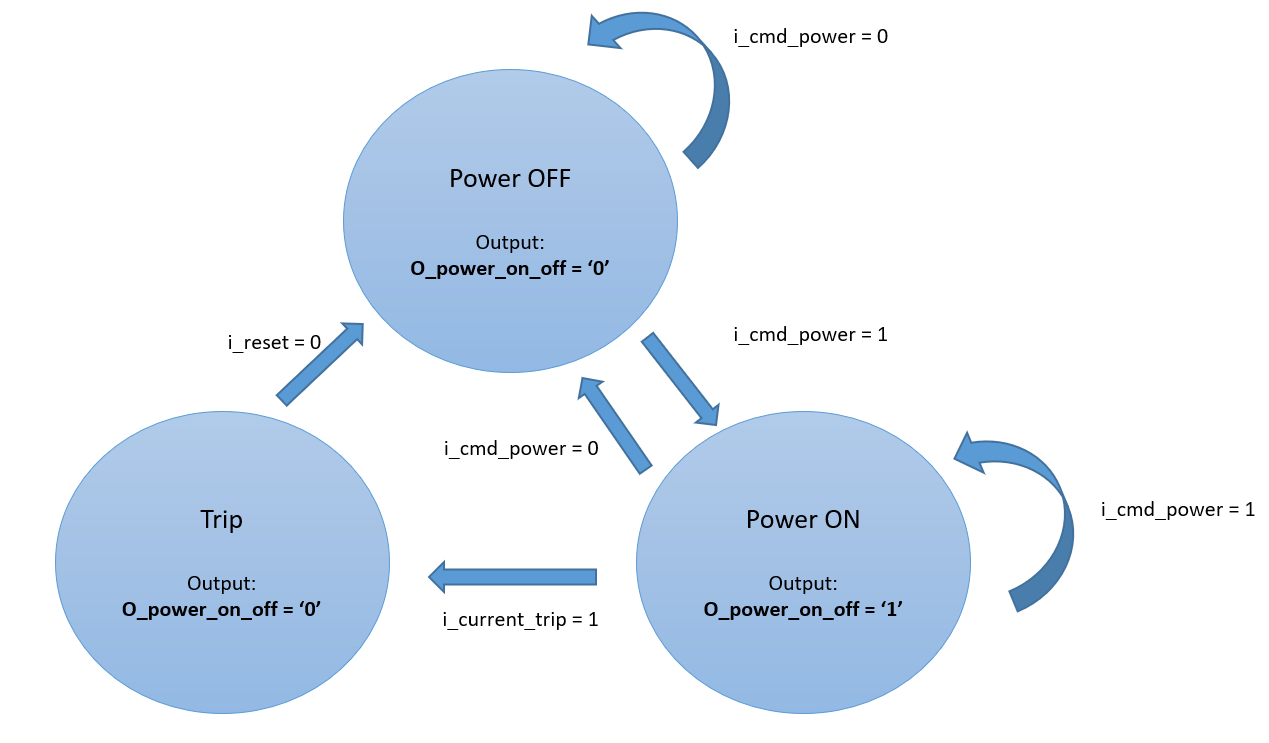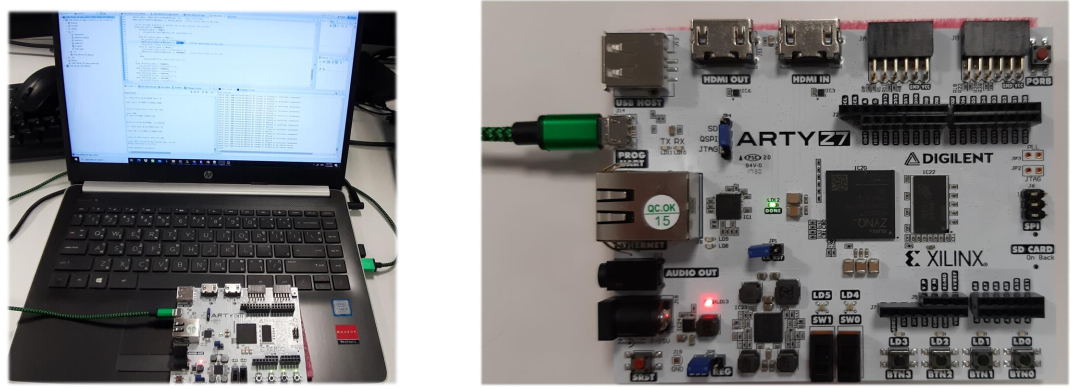Question about Zynq-7000 EMMC
Zynq-7000 EMMC Configuration Support
https://support.xilinx.com/s/question/0D52E00006hpW9NSAU/zynq7000-emmc-configuration-support?language=en_US
eMMC device selection for Zynq 7000
https://support.xilinx.com/s/question/0D52E00006hprmuSAA/emmc-device-selection-for-zynq-7000?language=en_US







